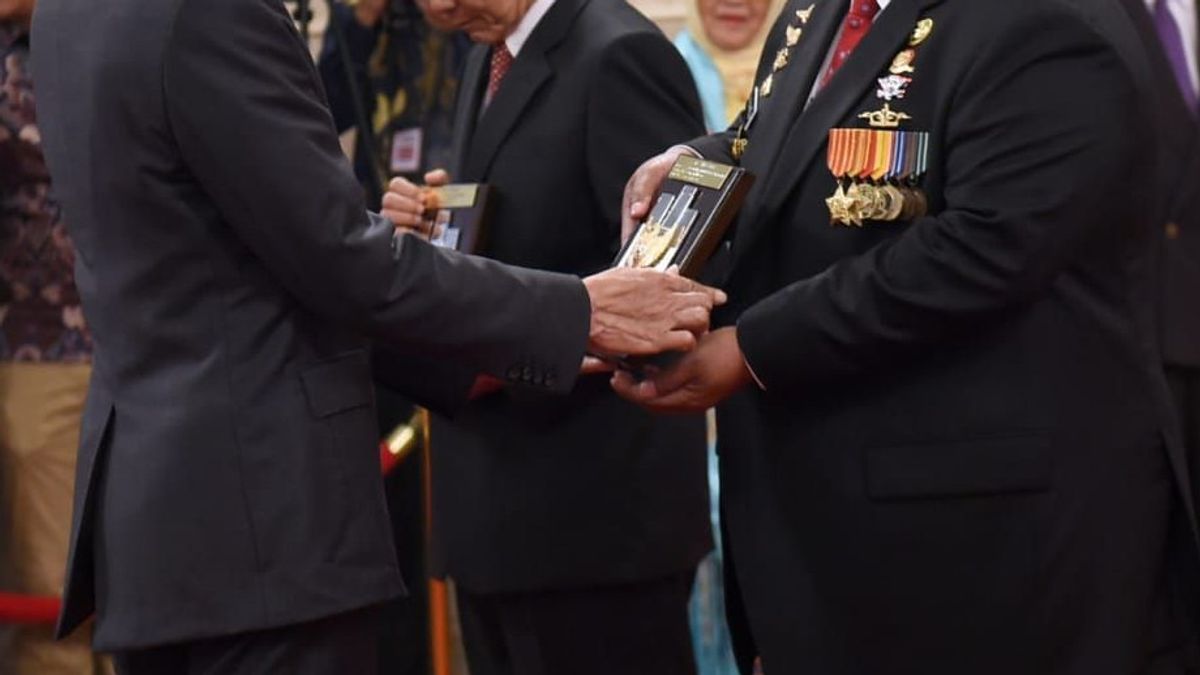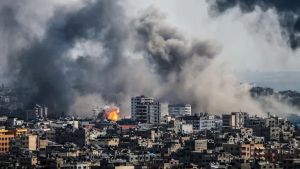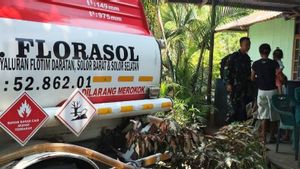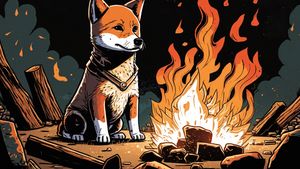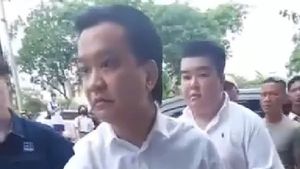Continued from VOI's signature series, "Becoming a National Hero". In the article "Regime Line and Its National Heroes", we have seen a list of national heroes who have been assigned by the Indonesian government from regime to regime. The more heroes, the better. The problem is, in addition to studying historical facts, considerations of determining national heroes in this country are often based on political decisions.
Major General (Mayjen) TNI Basuki Rahmat began his military career during the Japanese occupation. 1943, to be precise. At that time, he joined the Homeland Defense Army (PETA). During independence, Basuki joined the People's Security Army (TKR). His career was smooth, continued until he was appointed Head of Kodam V Brawijaya. In 1966, when President Sukarno founded the Dwikora Cabinet, Basuki Rahmat was appointed Minister of Veterans and Demobilization.
It is in this position that the sharpest beam is directed at him. He is considered to have played a major role in the issuance of the Order of Sebelas Maret alias Supersemar. 1966 was a very chaotic year. Since January, students have demonstrated demanding President Sukarno to resign. This action lasted until March 1966. On March 11 of the same year, Sukarno held a Dwikora Cabinet meeting.
The trial was suddenly stopped because news circulated about the movement of thousands of demonstrators to the Merdeka Palace, where the trial was held. Sukarno immediately shifted to the Bogor Palace. At the Bogor Palace, Basuki together with three other generals, Brigadier General M. Jusuf, Brigadier General Amir Machmud, and Major General Maraden Panggabean met Sukarno. The four of them came carrying a folder containing a letter that had been typed by Suharto's confidant, Ali Moertopo. That letter which we later met with Supersemar.
The atmosphere of the meeting between Sukarno and the four generals was tense. Sukarno immediately protested when the generals in front of him gave a letter with the head of the Army.
Responding to Sukarno's protests, Basuki said, "To change, the time is very limited. Just sign it, sire. Bismillah," he said. Maraden Panggabean replied in response to Basuki's words by pulling out an FN 46 pistol and pointing it at Sukarno. Seeing that, Sukardjo quickly drew a gun and aimed it at the generals.
Not wanting bloodshed, Sukarno relented. The letter which is now known as Supersemar was signed. "Don't! Don't! Yes, I have to sign this mandate. However, when the community is safe and orderly, this mandate will be returned to me," said Sukarno. After Supersemar was signed, the four Generals left, returned to Jakarta, leaving it to Suharto.
Supersemar then became Soeharto's entrance to the seat of power. Supersemar also has an impact on changing the life order of the nation and state. Armed with Supersemar, Soeharto moved to disband the PKI. The dissolution was done on behalf of Sukarno. Suharto then even issued Presidential Decree No. 1/3/1966 regarding the dissolution of the PKI and declaring the PKI a banned organization.
Since the perstiwa series, Basuki has become increasingly attached to Suharto. He was appointed as Minister of Home Affairs in the First Development Cabinet for the period 1968-1973. Basuki also became the record holder for the title of national hero in the shortest process. The title of national hero for Basuki was given by Suharto on January 9, 1969, one day after Basuki died. Basuki was also awarded a posthumous promotion to TNI General.
The title of national hero to Basuki was in the spotlight. The title is considered too political. The factual findings about Basuki's involvement in Sukarno's overthrow have become a record that has made his national hero title questioned by many to this day.
Politicalization of the title of national hero
The author of the book Proklamasi: A Reconstruction, Osa Kurniawan Ilham, highlighted the politics of giving the title of national hero in the pre-reform era - Old Order and New Order. Basuki Rahmat is not the only figure whose hero title is questionable. According to Osa, the title of hero to Siti Hartinah (Bu Tien) is also a question.
"There is one political case too. Awarding the title of national hero to Mrs. Tien Soeharto. What services (Bu Tien) did? Because she accompanied Suharto?" said Osa to VOI, Wednesday, November 20.
Not only during the Soeharto era. The title of national hero in Sukarno's era was carried out without clear procedures. Just like the Soeharto era. The title of national hero in the Sukarno era was also full of subjectivity and political interests. Determination of the name Sutan Sjahrir, for example. The title of national hero Sjahrir was awarded in 1966, one day after he died in Switzerland as a political prisoner.
The awarding of the title to Sjahrir was also believed to be Sukarno's effort to maintain the political balance at that time. Two years before Sjahrir's death, 1964 to be exact, was the year Sukarno had sold the title of national hero at most. At least ten figures were awarded the title of national hero. The composition is diverse. Two from the TNI, two from Nahdlatul Ulama (NU), two from Muhammadiyah, and three from women. And Sjahrir is a representation of Nasakom, the communist element at that time.
Over time, Indonesia began to implement a more structured mechanism and procedure for awarding the title of national hero. Law (UU) Number 20 of 2009 concerning Titles, Merits and Honors is the answer. Imperfect. However, at least Law 20/2009 can be a clear formula for the conception of national heroism. This is clearly important in order to minimize state intervention with considerations that are incompatible with the concept of heroism itself.
Stay political
Times change. A structured mechanism has also been established through Law 20/2009. The title of national hero is still being given, only the political form has changed. Today, the title of hero is still an honor. This is often used to boost a person's votes in political contestation.
"Not infrequently there are children or grandchildren of important figures in an area who need this as historical attribution for their political interests," said the historian of the Jakarta State University (UNJ), Abdul Syukur, written by Historia.id.
Another form of politicization of the title of national hero today is also carried out by local governments. The title of national hero is basically a region's pride. The existence of national heroes in a region can be used as a barometer of the success of a region in contributing to the country.
To realize the representation of national heroes in a region, local governments are even willing to spend large sums of money to undergo the procedure for submitting to the Ministry of Social Affairs (Kemensos). These costs are needed for research, seminars, and making biographies.
The cost required to create a representation of a national hero is not small. Ranging between hundreds of millions to billions of rupiah. These costs are usually obtained from the state treasury, sponsors, or large private companies located in an area.
"If successful (to become a national hero) means this person succeeded in lifting the name of the region," said Abdul.
Next article: "The Dark Side of the National Hero: Basuki Rahmat in the Overthrow of Sukarno"
The English, Chinese, Japanese, Arabic, and French versions are automatically generated by the AI. So there may still be inaccuracies in translating, please always see Indonesian as our main language. (system supported by DigitalSiber.id)
